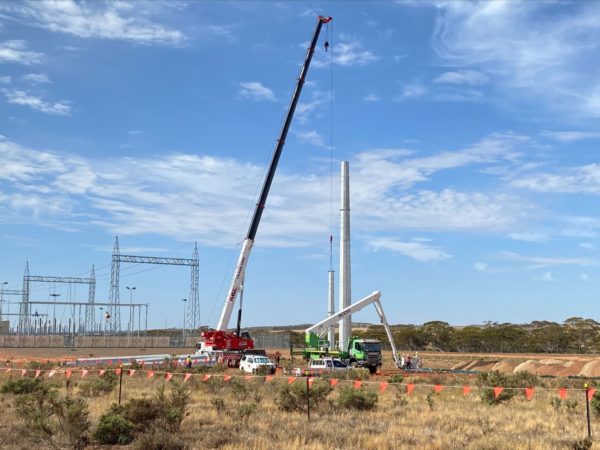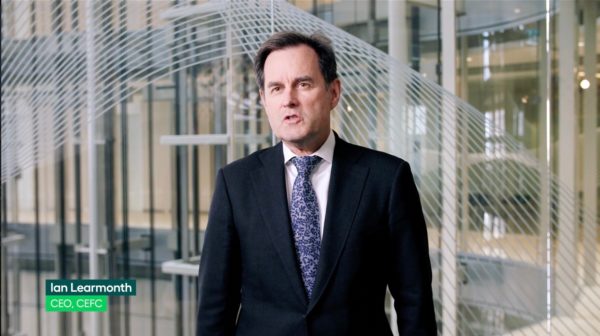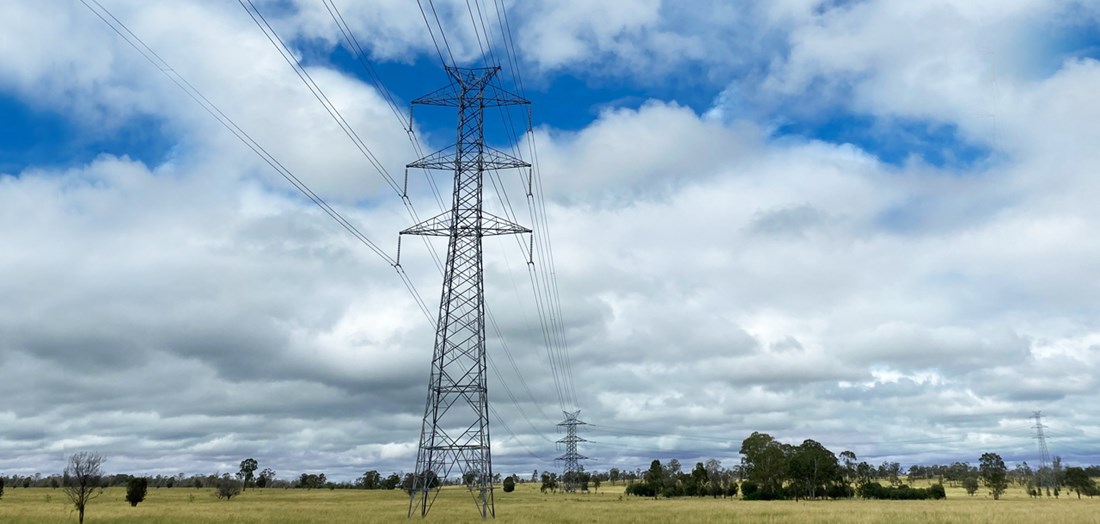The Australian government-backed Clean Energy Finance Corporation (CEFC) has marked its 10-year anniversary by signalling a heightened focus on investments in transmission infrastructure as it looks to accelerate the country’s transition to renewable energy and net-zero emissions.
The Australian government’s green bank commenced operations a decade ago with access to $10 billion in capital, and a charter to catalyse private sector investment to cut emissions. Since then, the CEFC has drawn $5.43 billion from its original funding allocation, meaning it has access to a further $4.57 billion in investment capital, in addition to $3.32 billion of returns from existing investments.
The CEFC has indicated that, as well as maintaining its core focus on renewable energy investment, it will increasingly pursue investment opportunities in “critical” transmission and infrastructure projects needed to build a grid that’s fit for a clean energy future.
“Recent disruptions to our energy supply underscore the critical need to strengthen our electricity transmission network so it is fit for purpose in bringing large-scale renewable energy and energy storage to consumers,” CEFC Chief Executive Ian Learmonth said.
“The CEFC focus on this critical area of the energy transition is clearly reflected in our first and final transactions of this financial year, which were both substantial investments in grid expansion.”

Image: ElectraNet
In the past year, the CEFC has invested $455 million in transmission projects, including its single largest investment yet, committing up to $295 million to help develop the $2.3 billion EnergyConnect project that will link the energy grids of New South Wales, South Australia and Victoria.
It also provided $160 million to connect new clean energy assets being developed in Queensland’s planned Southern Downs Renewable Energy Zone (REZ) to Australia’s main grid.
The CEFC said the investments in infrastructure are among $1.45 billion of commitments made in the 12 months to 30 June 2022. Learmonth said this includes investments across all areas of the clean energy economy, including large-scale renewables and energy storage, manufacturing, and the hydrogen sector.
“We recognise these investments are just the start of what is required,” he said. “The scale of the remaining investment task is substantial, as reflected in AEMO forecasts of a nine-fold increase in grid-scale wind and solar capacity, a three-fold lift in firming capacity and a near five-fold growth of distributed solar.”

Image: Clean Energy Finance Corporation
Since inception in 2012, the CEFC has made $10.76 billion of commitments and spent $9.15 billion, catalysing $37.15 billion in ~265 different investments.
The CEFC’s investment portfolio includes 42 large-scale wind and solar projects, and Learmonth said it would look to build on its strong track record to achieve Australia’s net-zero emissions ambitions.
“While the scale of the investment requirement is seismic, so too are the opportunities,” he said. “The natural resources which powered our economy in the past century will be replaced with new resources for the next century, where we have world-leading potential in renewable energy, green hydrogen and critical minerals.”
This content is protected by copyright and may not be reused. If you want to cooperate with us and would like to reuse some of our content, please contact: editors@pv-magazine.com.









By submitting this form you agree to pv magazine using your data for the purposes of publishing your comment.
Your personal data will only be disclosed or otherwise transmitted to third parties for the purposes of spam filtering or if this is necessary for technical maintenance of the website. Any other transfer to third parties will not take place unless this is justified on the basis of applicable data protection regulations or if pv magazine is legally obliged to do so.
You may revoke this consent at any time with effect for the future, in which case your personal data will be deleted immediately. Otherwise, your data will be deleted if pv magazine has processed your request or the purpose of data storage is fulfilled.
Further information on data privacy can be found in our Data Protection Policy.